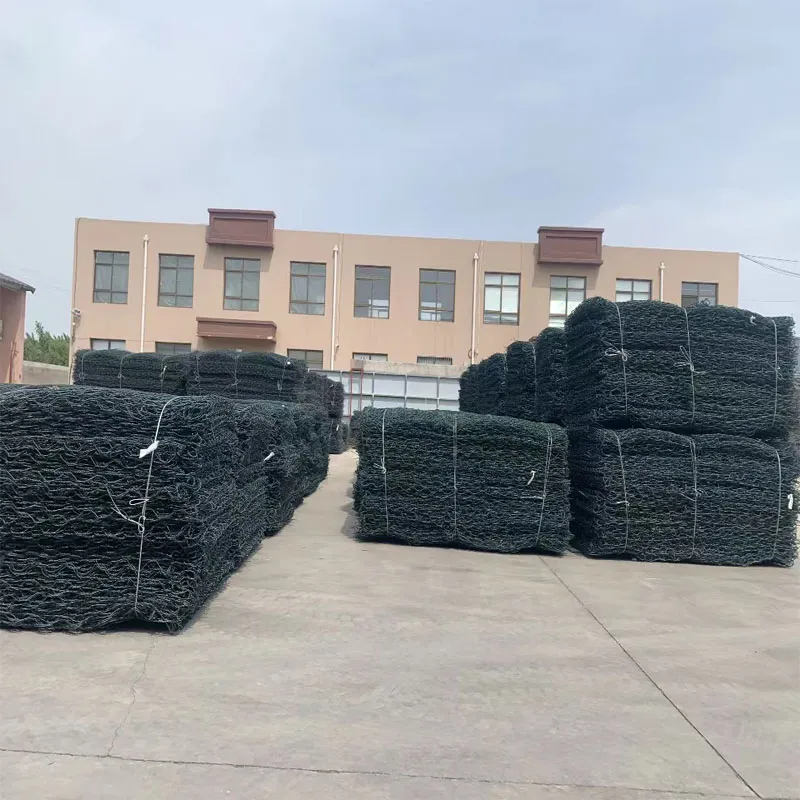
- Afrikaans
- Albanian
- Arabic
- Armenian
- Azerbaijani
- Basque
- Belarusian
- Bengali
- Bosnian
- Bulgarian
- Croatian
- Czech
- Danish
- Dutch
- English
- Esperanto
- Estonian
- Finnish
- French
- Galician
- Georgian
- German
- Greek
- hawaiian
- Hindi
- Hungarian
- Indonesian
- irish
- Italian
- Lao
- Latvian
- Lithuanian
- Luxembourgish
- Macedonian
- Maltese
- Myanmar
- Norwegian
- Polish
- Portuguese
- Romanian
- Russian
- Serbian
- Slovak
- Somali
- Spanish
- Swedish
- Thai
- Turkish
- Turkmen
- Vietnamese
Сеп . 30, 2024 04:26 Back to list
Stainless Steel Welded Panels for Durable and Stylish Design Solutions
Stainless Steel Welded Panels A Comprehensive Overview
In the realm of modern manufacturing and construction, stainless steel welded panels have gained significant traction due to their exceptional properties and versatility. These panels are extensively used in a variety of applications, ranging from architectural designs to industrial settings. In this article, we will delve into what stainless steel welded panels are, their manufacturing process, advantages, applications, and future trends.
What Are Stainless Steel Welded Panels?
Stainless steel welded panels are flat sheets made from stainless steel that have been welded together to form a robust structure. These panels can be customized in terms of size, thickness, and finish, making them an adaptable choice for numerous projects. Stainless steel itself is an alloy primarily composed of iron, chromium, and nickel, which endows it with a remarkable resistance to corrosion and oxidation.
The Manufacturing Process
The process of creating stainless steel welded panels involves several crucial steps
1. Material Selection High-quality stainless steel grades, such as 304 and 316, are typically chosen based on the specific requirements of the end application. Grade 304 is generally used for most architectural applications, while grade 316 is preferred for marine environments due to its enhanced corrosion resistance.
2. Cutting and Shaping The selected stainless steel sheets are cut to the required dimensions using precision cutting tools. This initial shaping ensures that the panels will fit seamlessly into their intended applications.
3. Welding The edges of the panels are aligned and welded together using various techniques, including MIG welding, TIG welding, or resistance welding. The choice of welding method depends on the specific application and the desired properties of the final product.
4. Finishing After welding, the panels undergo a series of finishing processes. This can include grinding, polishing, or applying protective coatings to enhance the aesthetic appeal and durability of the panels.
5. Quality Control Finally, rigorous quality control measures are implemented to ensure that the panels meet industry standards and customer specifications. This may include strength testing, corrosion resistance testing, and visual inspections.
Advantages of Stainless Steel Welded Panels
Stainless steel welded panels boast numerous advantages that make them a preferred choice across various sectors
- Durability With a high resistance to rust and corrosion, these panels can withstand harsh environmental conditions, ensuring a long lifespan.
stainless steel welded panels

- Low Maintenance The non-porous surface of stainless steel makes it easy to clean, requiring little maintenance over time
.- Aesthetic Appeal Stainless steel has a sleek, modern appearance that enhances the visual appeal of buildings and structures.
- Strength and Stability The welding process creates a strong bond between the panels, resulting in a stable structure capable of supporting significant weight.
- Sustainability Stainless steel is a recyclable material, making it an environmentally friendly option for construction and manufacturing.
Applications of Stainless Steel Welded Panels
The versatility of stainless steel welded panels allows for a wide range of applications
- Architectural Uses These panels are commonly used in facades, roofs, and interior design elements, adding a contemporary touch to buildings.
- Industrial Settings In manufacturing and food processing facilities, stainless steel panels are favored due to their hygienic properties and ability to withstand chemical exposure.
- Transportation Stainless steel welded panels are utilized in the automotive and aerospace industries, contributing to the lightweight yet durable structures of vehicles and aircraft.
- Marine Applications The corrosion resistance of stainless steel makes these panels ideal for shipbuilding and other marine applications, ensuring durability in saltwater environments.
Future Trends
As technology continues to evolve, the future of stainless steel welded panels looks promising. Innovations in welding techniques and the development of high-performance stainless steel alloys are expected to enhance the properties of these panels further. Additionally, the growing awareness of sustainable practices is driving demand for recycled materials in construction, contributing to the ongoing relevance of stainless steel welded panels.
Conclusion
In summary, stainless steel welded panels represent a unique fusion of strength, durability, and aesthetic appeal. Their applications across diverse industries underscore their versatility and reliability. With ongoing advancements in technology and an increasing focus on sustainability, stainless steel welded panels are set to play an even more significant role in the future of construction and manufacturing. As we move forward, their impact on design and function will undoubtedly continue to flourish.
-
Your Ultimate Solution for Australian Temporary Fencing
NewsMay.14,2025
-
The Ultimate Guide to Crowd Control Barriers: Secure Your Events with Ease
NewsMay.14,2025
-
Secure Your Livestock with High-Quality Livestock Fence Panels
NewsMay.14,2025
-
Enhance Your Livestock Management with Top-Quality Cattle Fences
NewsMay.14,2025
-
Enhance Security and Safety with Temporary Fencing Solutions
NewsMay.14,2025
-
Corral Gates
NewsMay.14,2025









